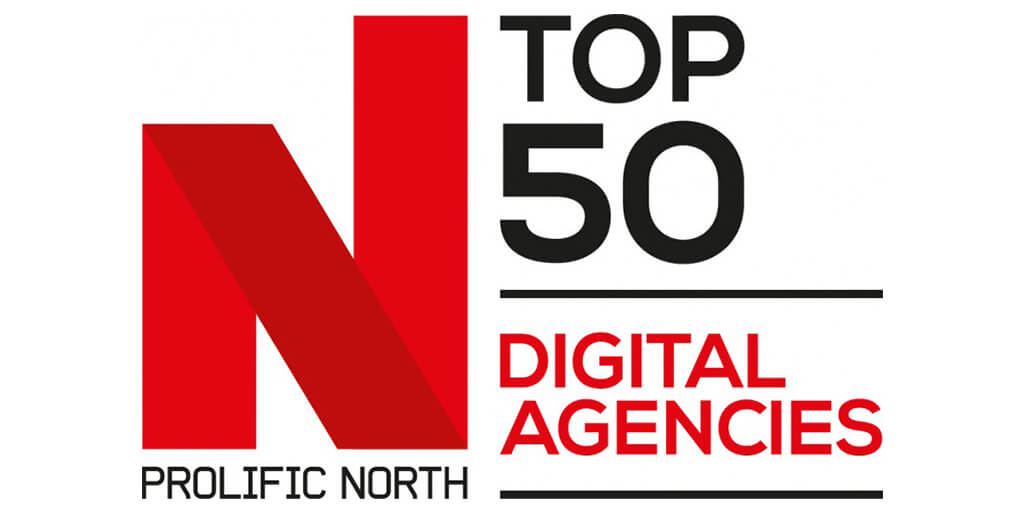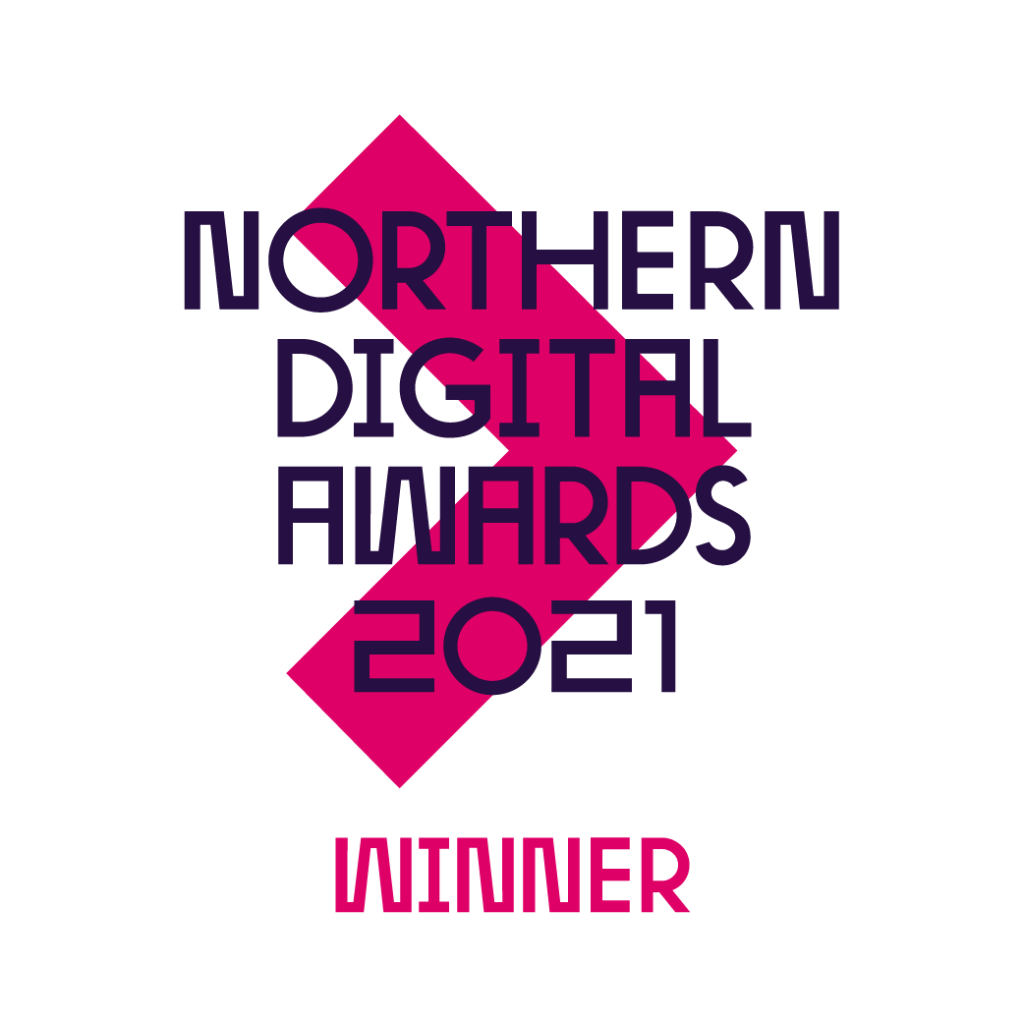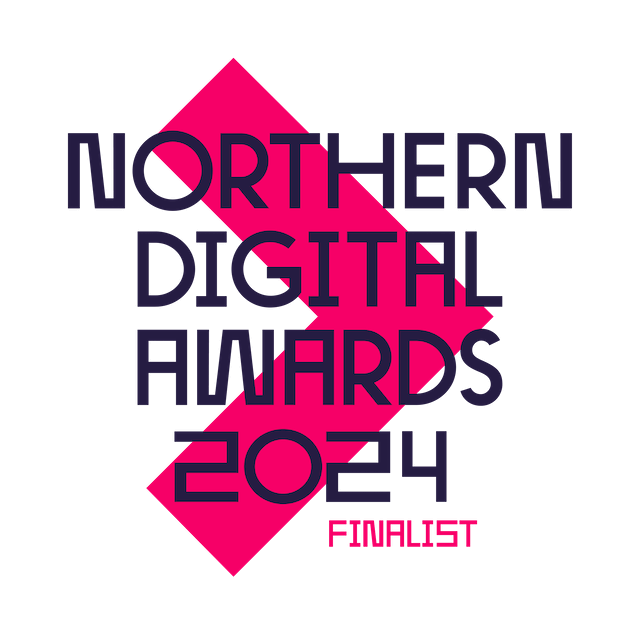We revel in the idea of a digital world. Saving paper saves the trees and in turn, saves media suppliers on production costs! And what’s better than buying one digital screen? Securing two digital screens!
In their recent upfronts 2020 conference, JCDecaux, the pioneer for outdoor media have announced their plans to bridge the gap between OOH and the digital world. The Brand Gap 2 report aims to take the reins on both branding and activation. Brands can expect a unified synergy between what consumers see on public and private screens, making for a stronger, longer impression.
JCD has teamed with Lumen, a cutting-edge eye-tracking technology company set to make waves in the digital world, tapping into some previously ambiguous insights. In a two-screen world, the cross-channel strategy allows for a consistent image to be displayed on more than one screen such as an outdoor digital 6 screen and a mobile phone. In effect, the brand campaign resonates with the consumer from the minute they wake up to the minute they go to back to bed. Screen time exists profoundly in our lives, fed through our phones, our commutes and our work. Building a two-screen campaign creates a persistent message without being too pushy. Picture this – you scroll through Facebook on your way to work, your phone dies as you get to the train station, causing you to look for some passenger information point. During your commute, you find a digital passenger information point. And what’s the creative message beside it? The same advert you saw on Facebook earlier in the day.
The highly targeted, cross-channel strategy not only encourages awareness but consideration and sales. Implementing a trusted narrative, then sharing it across both OOH and Facebook formats has seen a 13% increase in the likelihood to purchase as well as the 6% uplift in actual sales. Studies show the propensity to purchase products increases across Gen Z and Millennial audiences when both OOH and digital formats are active. The brand image is viewed the first time, recognised the second and by the third/fourth view recognised, remembered and recalled. The memory becomes a motif displayed across various screens, prompting the target audience towards the lower end of the sales funnel.
In their October conference, CEO of JCDecaux UK announced ‘out-of-home can act as a primer to make the private screen more engaging and work harder’ – driving consideration and descending into the lower end of the sales funnel. Now that 57% of viewable media is on the same aspect ratio (vertical six-sheet), brands mould their adverts to fit around the audience’s routine. Geofencing pinpoints the perfect audience, where there’s no escaping the programmatic messaging. Take Virgin Active, they have over 30 clubs in Greater London and wanted to target people that are regularly seen in close proximity to their sites. Geotargeting helped to gain leverage of a highly connected audience, maximise the relevance of their messaging and achieve performance uplift from proactive brand activity. Out-of-home media not only primes but permeates the digital world with familiarity and trust.
Watch this (vertical) space as the gap between our private and public worlds collapses. Experience a flawless brand activation proven to stimulate the consideration stage of a highly targeted audience and, in turn, increase sales conversions.
by Amber Hunt





